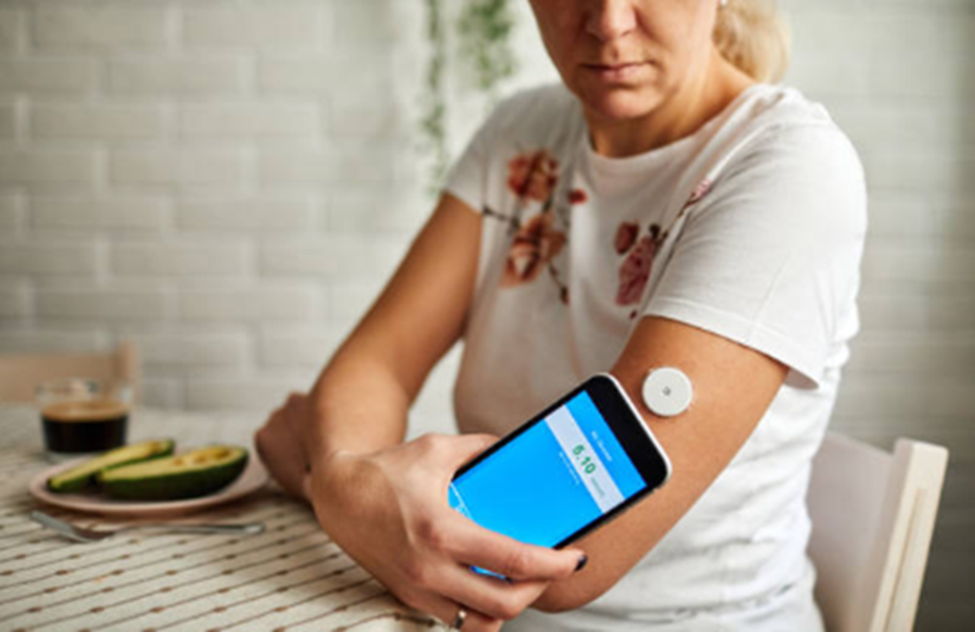Type 2 Diabetes Symptoms in Women



Type 2 diabetes affects over 200 million people worldwide. It is characterised by insufficient insulin secretion and increased cellular resistance to insulin. It results in hyperglycemia and other metabolic disturbances. Diabetic patients often suffer from increased morbidity and premature death associated with cardiovascular, microvascular, and neuropathic complications.
The condition can often more severely affect women than men. Compared to male diabetic patients, females are likely to experience the following:
13% increased risk of death from any causes
30% increased risk of death from cardiovascular disease
58% increased risk of death from coronary heart disease
Read on to learn more about diabetes and how they affect women.
Diabetes type 2 frequently presents with a gradual onset of signs and symptoms. An individual may not even realise they have type 2 diabetes for years. Signs and symptoms that characterise type 2 diabetes are:
Blurry vision
Darkened areas of skin, usually in the armpits and neck
A dry mouth due to dehydration and frequent urination also drains moisture from your mouth.
Fatigue. Your body may not be able to use energy from food. It makes you feel weak and tired, the same way dehydration does.
Frequent urination is a response to your kidneys getting rid of extra sugar in your system.
Headaches
Increased hunger. Diabetes can prevent glucose from getting to your cells, making you feel hungry even after you've eaten.
Increased thirst. As sugar builds up in the blood, the kidneys must work overtime to remove it, pulling fluids from your tissues and making you dehydrated and thirsty.
Infections or wounds that don't heal due to slowed blood flow.
Red, swollen, and sensitive gums as these become quickly infected with diabetes. Infected gums may get pulled away from teeth, resulting in loose teeth.
Unintended weight loss. As sugar is lost from frequent urination, calories are also lost, which makes you lose weight despite your usual diet.
Male and female diabetic patients may experience many of the same symptoms, some of which are unique to females.
Hyperglycemia, often known as high blood sugar, is a condition that can stimulate the growth of fungus. For instance, the Candida fungus, whose overgrowth may result in vaginal or oral yeast infections, is called thrush. Symptoms of vaginal infection can include vaginal itching, vaginal discharge, and painful sexual intercourse. On the other hand, oral yeast infections may frequently be identified by the presence of a white coating on the tongue and within the mouth.
Diabetic women have a higher risk for infection of digestive and kidney diseases. UTIs are commonly associated with diabetes since hyperglycemia compromises the immune system. UTIs can cause pain and burning sensations when urinating and bloody or cloudy urine. Kidney infection may also become a complication if these symptoms are left untreated.
Diabetic neuropathy occurs with a high blood sugar level, which damages your nerve fibres. This damage can cause tingling and numbing sensations in the feet, legs and hands. Diabetes neuropathy can also affect how you feel in the vaginal area, which can cause problems like dryness.
It is healthy knowledge that a woman's body generates a significant amount of androgens (male hormones) and that there are specific risk factors, such as a history of polycystic ovary syndrome (PCOS) in the family. PCOS can show up in many different ways, such as irregular periods, weight gain, acne, depression, and the inability to have children.

Type 1 diabetes typically begins during childhood, while type 2 diabetes occurs in adulthood. Either type of diabetes that emerges before you're pregnant is referred to as pre-gestational diabetes.
You may still have a healthy pregnancy if you take care of your condition before and during pregnancy to avoid problems. It is best to track your blood sugar levels and general health before and during pregnancy and to have regular consultations. Before conceiving, it is advisable to get your blood sugar levels close to your target range, which may differ from those when you're not pregnant. During pregnancy, blood sugar and ketones travel through the placenta to the baby. Babies need sugar energy like humans, but some risks await them if their parents' blood sugar levels are too high.
Diabetes type 2 happens when the body doesn't make enough insulin for normal body functions or when the body's cells stop responding to insulin. Obesity seems to influence type 2 diabetes and used to be more common in older people. Due to increased obesity, type 2 diabetes has become prevalent in young people of all ages. It is more typical than type 1 diabetes.
If you are at least two years old or overweight, you are more likely to develop type 2 diabetes. Other risk factors can include:
A diabetic family member
A family history of diabetes during pregnancy, high blood pressure, high cholesterol, heart disease, or polycystic ovary syndrome (PCOS), physical activity fewer than three times a week
The exact basis for some ethnic and racial groups having a higher risk of type 2 diabetes is yet to be unfolded. But the following might be possible:
biological risk factors
cultural attitudes and behaviours toward diabetes prevention
inequities in healthcare
lack of access to healthcare
socioeconomic status or other social determinants of health
Depending on how your blood glucose level responds, you may be able to treat type 2 diabetes with changes to your diet, pills, or insulin therapy. In early type 2 diabetes, intentional weight loss can reverse the disease.
Diabetes can lead to severe long-term health issues. It is considered the number one cause of vision loss and blindness in working-age people. An annual checkup for diabetic retinopathy in the eyes is recommended for anybody diagnosed with diabetes who is above 12. Diabetes is also the cause of most kidney failure and amputations of the lower limbs that are not caused by accidents.
Lifestyle changes may help prevent type 2 diabetes. These include:
drinking alcohol in moderation
eating a healthy, balanced diet
losing weight for those who are overweight, and maintaining a healthy weight
quitting the smoking habit
taking plenty of regular exercises and physical activities
If you already have type 2 diabetes, the tips above may help control your symptoms. It also minimises the risk of developing complications.
You must watch your blood sugar level and change any lifestyle that may trigger the condition. For further reading about type 2 diabetes, click here.
Read about the unusual symptoms of diabetes and type 1 vs type 2 diabetes: causes and symptoms.
Or, browse through our overview page titled: Do I have Diabetes? Causes and Symptoms and Treatments.
Plus get the inside scoop on our latest content and updates in our monthly newsletter.